
Customized 1000 Tons Grain Storage Silo With Solid Silo Structure

Jambo 500Kg Bulk Bags Farm Grain Is Silo Bag Fabric Big Bag

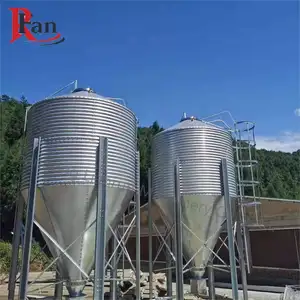
Chicken Feed Manufacturer Price Poultry Farm Grain Storage Hot Galvanized Sheet Silo Prices For Sale

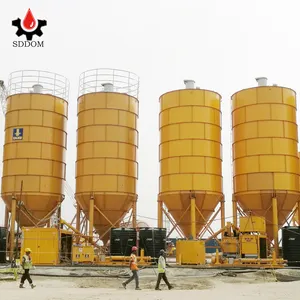
Competitive Price Bolted 800tons Cement Silos Price


SDCAD Brand Profession 100 200 2000 Tons Silo Steel Detachable Type 3000 Tons Vertical Block 100ton Cement Silo For Sale


Farm Storage Corn Silo For Sale Rice Grain Steel Philippines Thailand Indonesia Key Africa Training Nigeria HEN Building


Steel 10000Ton Silo Prices Cost Maize Storage Grain Silos for Sale

Very good price silo grain storage grain silo for sale storage silo

High quality small grain storage silo price

Wholesale Low Cost Vertical Grain Storage Silo price 30 Tons Capacity silo grain storage grain silo Pig Farm for sale
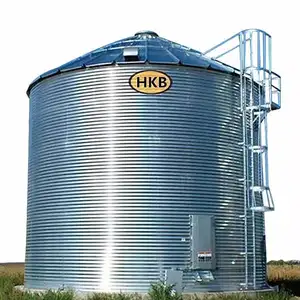
200 tons 1000tons 5000 Tons Steel Silos Grain Storage Wheat Corn Bins 1000 tons Rice Paddy Silo Price for Feed Production Line

Professional hot galvanized high quality grain storage silos for grain storage

Safety & Solid Galvanized Steel 2000 Ton Grain Storage Silo Price,1000T,1500T,3000T,5000T,10000T,15000T Cost Down

Paddy Hopper Grain Storage Silo Corn Maize Paddy Rice Steel Silo Price
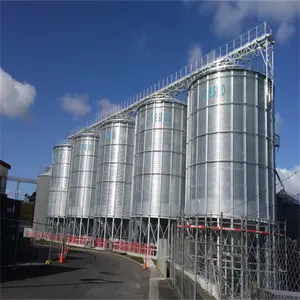
Wholesale Low Cost Vertical Grain Storage Silo price 50-1000 Tons Capacity silo grain storage grain silo Pig Farm for sale

ZHMIT Low Cost Vertical Grain Storage Silo price 56 cubic meters Capacity silo grain storage grain silo Pig Farm

Factory price Small Grain feed storage Silos for Grain storing/Pig farm breeding Silos

Liyang Factory Prices 2500 ton Powder Grain Storage Silos For Animal Feed Pellet

Factory price Small Grain feed storage Silos for Grain storing/Pig/chicken farm breeding Silos

500/1000/5000 Ton Corn Grain Bin Storage Silo Price Cost for Sale Stainless Steel Metal Wheat Paddy Seed Maize Storage Silo

3.5T to 35T Silos poultry chicken feed storage grain corn silo price

5000t grain storage steel silos price
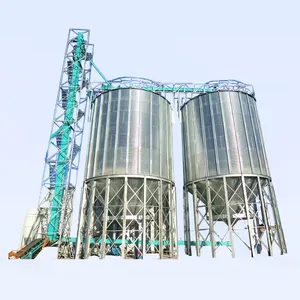
steel 10 ton grain storage silos prices/Factory Price 5000 Ton Vertical Coffee Bean Storage Silo

Up to 2000CBM best price for granule for grain aluminum storage Silo
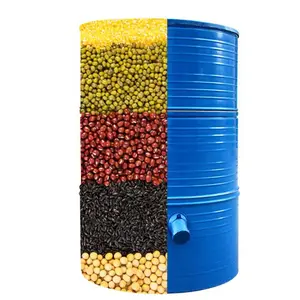
2020 China Supplier Grain Storage Silo Corn Maize Paddy Rice Steel Silo Price

3ton10ton 20ton 30ton Corn Grain Storage Silos Prices for Wheat Paddy Seed Maize Galvanized Steel Silo

Steel grain storage silos price / small grain silo for sale / silo cost

Factory Design 100Ton 300Ton Grain Storage silo Prices For Sale
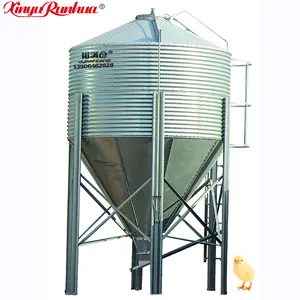
Golden Supplier Low Prices Small Grain Feed Storage Silos For Grain Used For Pig Farm For Sale

Oil Storage Silo Machine Best Price China Professional Grain Storage Steel Silos

Bulk Feed Bins For Sale/Animal Feed Storage Silo Prices/Grain Silo Cost

1000ton Wheat Corn Rice Grain Storage Steel Silo Price
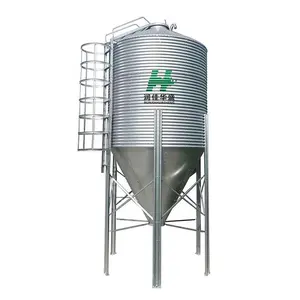
Factory Price 5 Ton feed Grain Storage Silo

Low Price Grain Storage Silo 50-1000 Tons Capacity Silo Grain Storage Paddy Silo Feed Tower Pig Farm for Sale
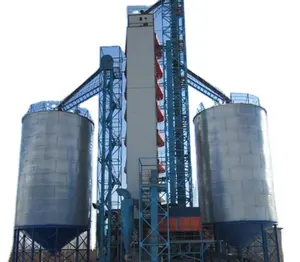
factory long time supply high quality prefabricated grain storage silos

Great Price Equipment Silos Poultry Feed Systems Corrugated Grain Storage Steel Silo

Grain Storage Silo Chicken Feed Steel Silo Price For Sale

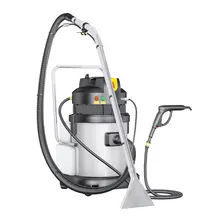



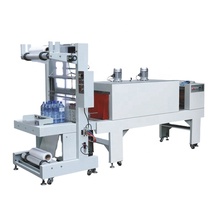































 浙公网安备 33010002000092号
浙公网安备 33010002000092号 浙B2-20120091-4
浙B2-20120091-4